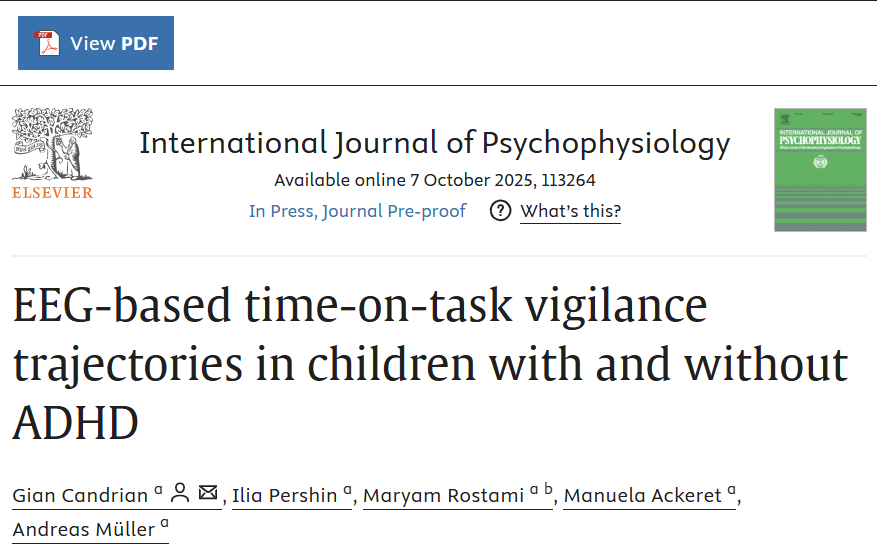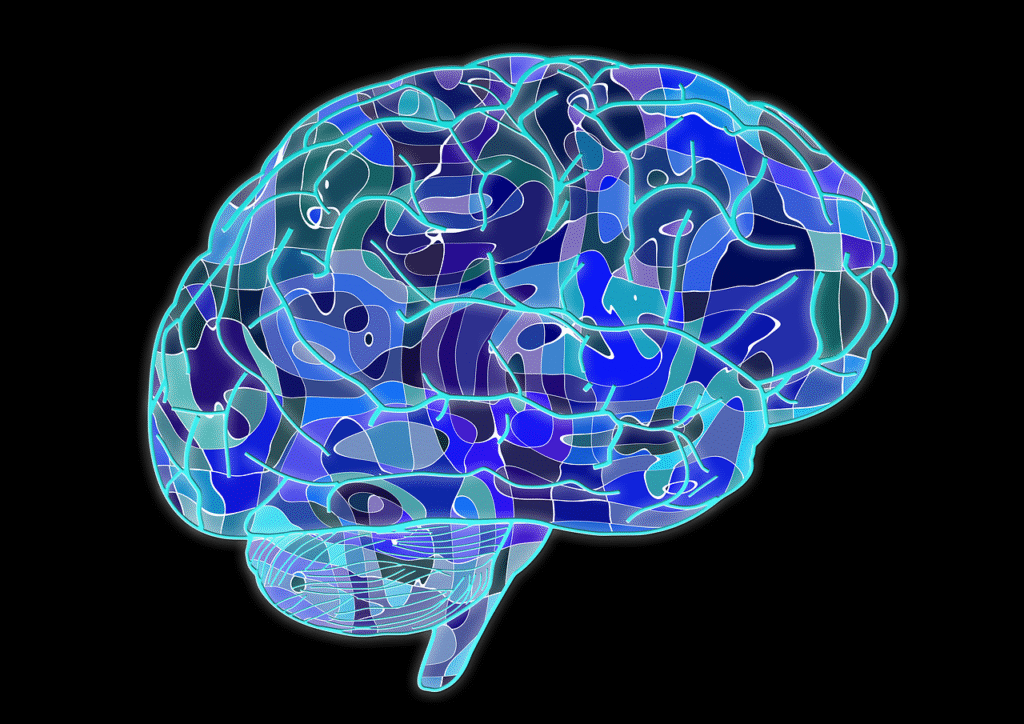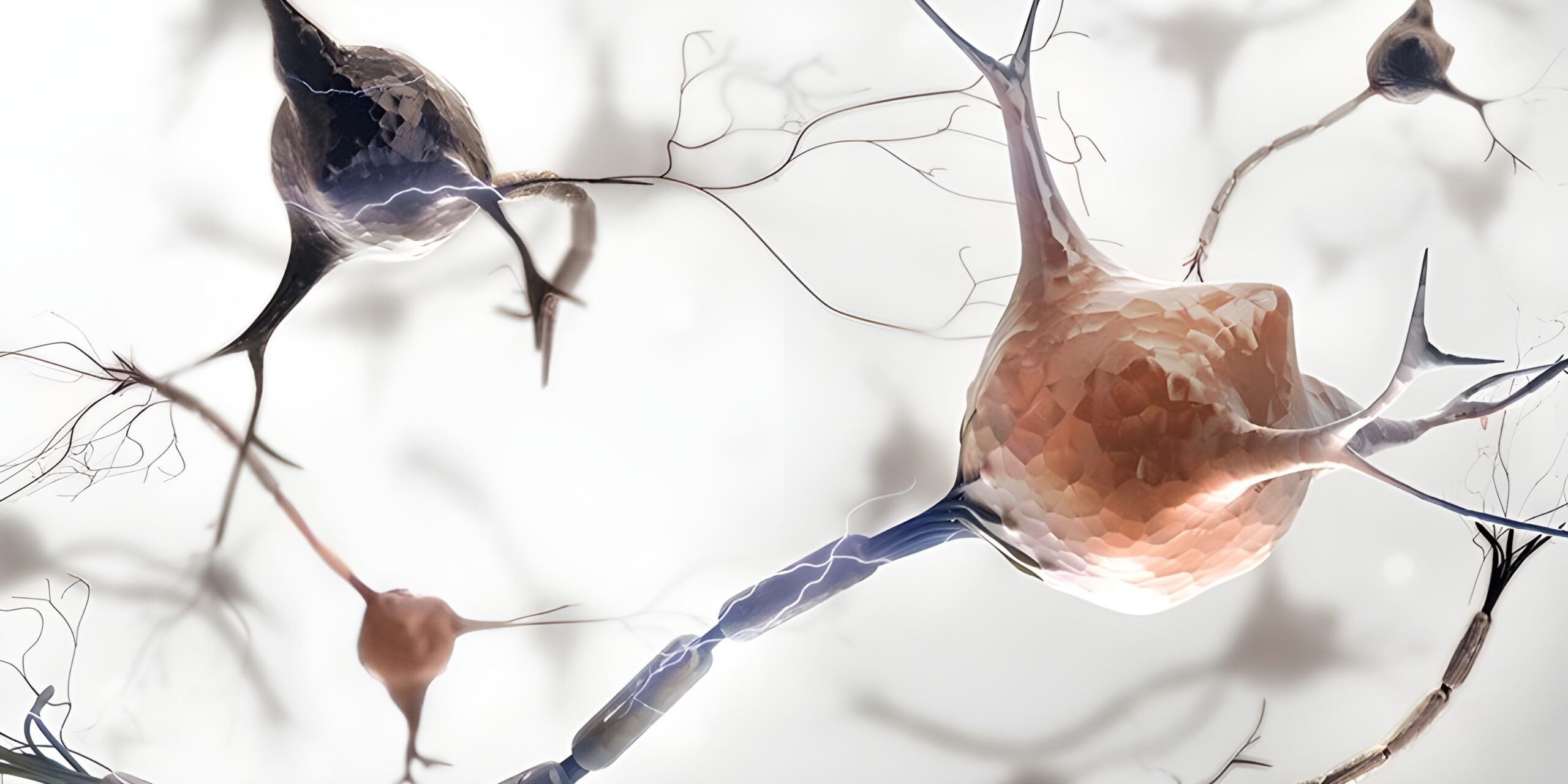Challenges resulting from cognitive load or mental overload may require adjustments to the task structure, for example by dividing it into smaller units or incorporating regular breaks. However, the study also has limitations, in particular the moderate variance explanation of R² = 0.2, which could limit the application of the model to assign individuals to specific clusters.

Nevertheless, the vigilance trajectories can be considered as robust and informative, albeit primarily hypothesis-generating or heuristic tools, whose consideration in individual clinical assessment may serve as useful complementary information. The identified vigilance profiles suggest different mechanisms of sustained attention regulation in childhood and may help to identify these differences at the individual level, paving the way for personalized interventions. The results contribute to a better understanding of the mechanisms of attention regulation in childhood and offer starting points for improving diagnostics and personalized treatment of attention disorders.This study investigated EEG-based vigilance trajectories during a sustained attention task in 294 children aged 6 to 17 years, including 85 healthy controls and 209 children diagnosed with ADHD. The ability to sustain attention over longer periods of time is of central importance for children in school contexts and is closely linked to long-term academic success. The researchers developed an EEG-based vigilance measure using multiple regression that captures time-dependent changes in the EEG power spectrum during a 21-minute visual Go/NoGo task.
Typically developing children showed a characteristic pattern with increases in theta, alpha and beta activity and a decrease in gamma activity over the duration of the task. Using k-means cluster analysis, the scientists identified four distinct vigilance trajectories, each with different patterns of attention regulation. The subgroups differed significantly in various performance parameters as well as in the severity of ADHD symptoms.

The normative pattern (clusters 1 and 2) was characterized by a steadily increasing or at least not decreasing trajectory and was associated with better task performance. Cluster 1 showed a steep increase up to the third block with no further increase in the fourth block, while cluster 2 showed a more moderate increase up to block 3 with a steeper slope towards the end. Atypical patterns with pronounced decreases either late (cluster 3) or early (cluster 4) in the task were associated with comparatively weaker performance.
Cluster 3 started at a slightly higher level, increased moderately until block 3 and then dropped considerably almost back to the starting level. Cluster 4 showed a falling curve from the beginning, which stabilized towards the last block. Children in cluster 1 made significantly fewer omission errors than children in clusters 3 and 4 and fewer commission errors than clusters 3 and 4.
In terms of ADHD symptomatology, clusters 1 and 2 showed significantly lower inattention scores than cluster 4. The distribution of children with and without ADHD across the clusters showed a statistically significant dependency, with cluster 2 tending to have more control children and cluster 3 fewer control children than expected. Interestingly, there was also a significant correlation between regular methylphenidate use and cluster membership.
The observed increase in theta activity over time is interpreted as an increasing effort to provide appropriate responses or as an increased effort to suppress internally directed mental processes. The even more pronounced increase in alpha activity, especially in posterior regions, may reflect a growing need to suppress distracting processes and an increasingly strenuous preparation for each upcoming run. The increase in beta activity over frontal-parietal regions may reflect increased mental effort to maintain vigilance, possibly as a compensatory response to increasing fatigue.
The decrease in gamma activity over central and posterior regions is interpreted as an index of the availability of stimulus-directed attentional resources in the context of prolonged attention. The pattern of cluster 3 with its decline towards the end appears almost prototypical for difficulties in sustaining attention over prolonged periods and indicates a progressive increase in cognitive fatigue. The atypical pattern in cluster 4 from the beginning suggests impairments in the initiation of attention, indicating impaired self-regulation or goal-setting ability and possibly reduced motivation.
Such difficulties in task initiation and self-regulation require supportive interventions focusing on external structuring such as structured schedules, motivational aids or reward-based systems.
